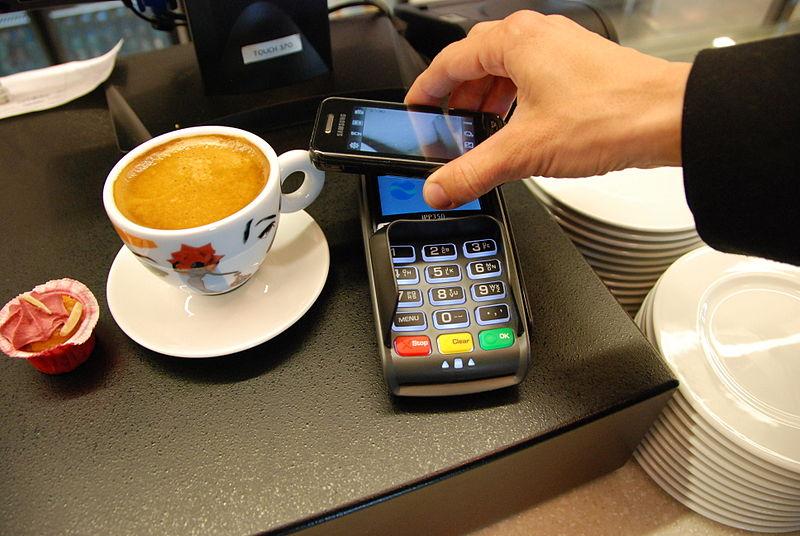Popular mobile wallets in India

Carrying cash in a physical wallet was the old trend. Now, people carry cash in their mobile wallets. The reason for carrying cash in digital format is considered safe by most of them. One can pay cash to others using their smartphone, tablet, or smartwatch.
Many banks have e-wallets. People have to link their bank accounts to their mobile wallets to carry out transactions.
One can download the mobile wallet application on their smartphone to use it. Users can either open a zero KYC wallet or a full KYC wallet.
Users can load money through their bank accounts. Then can send or receive cash through their mobile wallets linked to a bank account.
To carry out a transaction an MPIN is essential. Transactions are secure as long as your MPIN is not shared with anyone. Also, one must set a strong PIN and change it from time to time to avoid security threats and protect it from hackers.
Mobile wallet companies charge transaction fees from users. It differs from bank or company to company.
Apart from sending or receiving money, users can also check their balance. Also, they can pay merchants.
Fund transfer limits are different for users and merchants. For users with no KYC, the fund transfer limit is ₹20,000. However, the limit is ₹1 lakh for users with full KYC. For merchants with KYC also, the fund transfer limit is the same, i.e. ₹1 lakh. On the other hand, for self-declared merchants, the limit is ₹50,000.
Here is a list of some popular mobile wallets in India: PhonePe, Google Pay, Paytm, Bhim Axis Pay, Dhani, MobiKwik, Yono by SBI, HDFC PayZapp, ICICI pockets, Amazon Pay, Apple Pay, Samsung Pay, WhatsApp Pay, Oxigen, SpeedPay etc. Many telecom companies like Airtel, Jio, and Vodafone also offer e-wallets or digital wallets.
Image Credit: HLundgaard, CC BY-SA 3.0, via Wikimedia Commons
Image Reference: https://commons.wikimedia.org/wiki/File:Mobile_payment_03.JPG










Leave a Reply